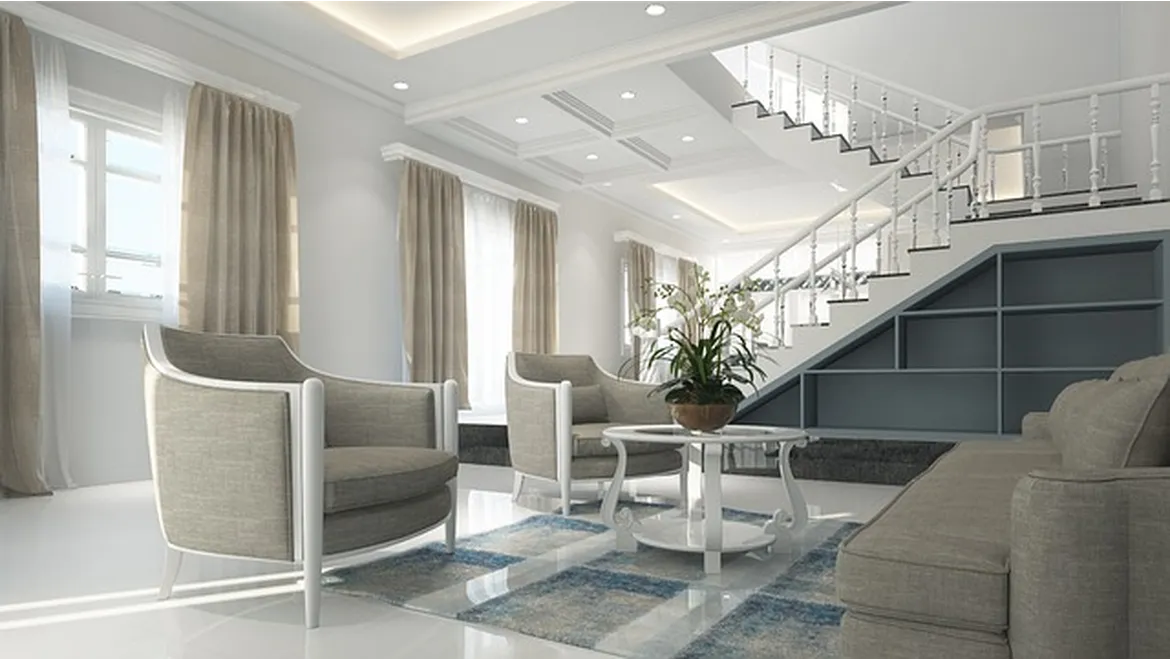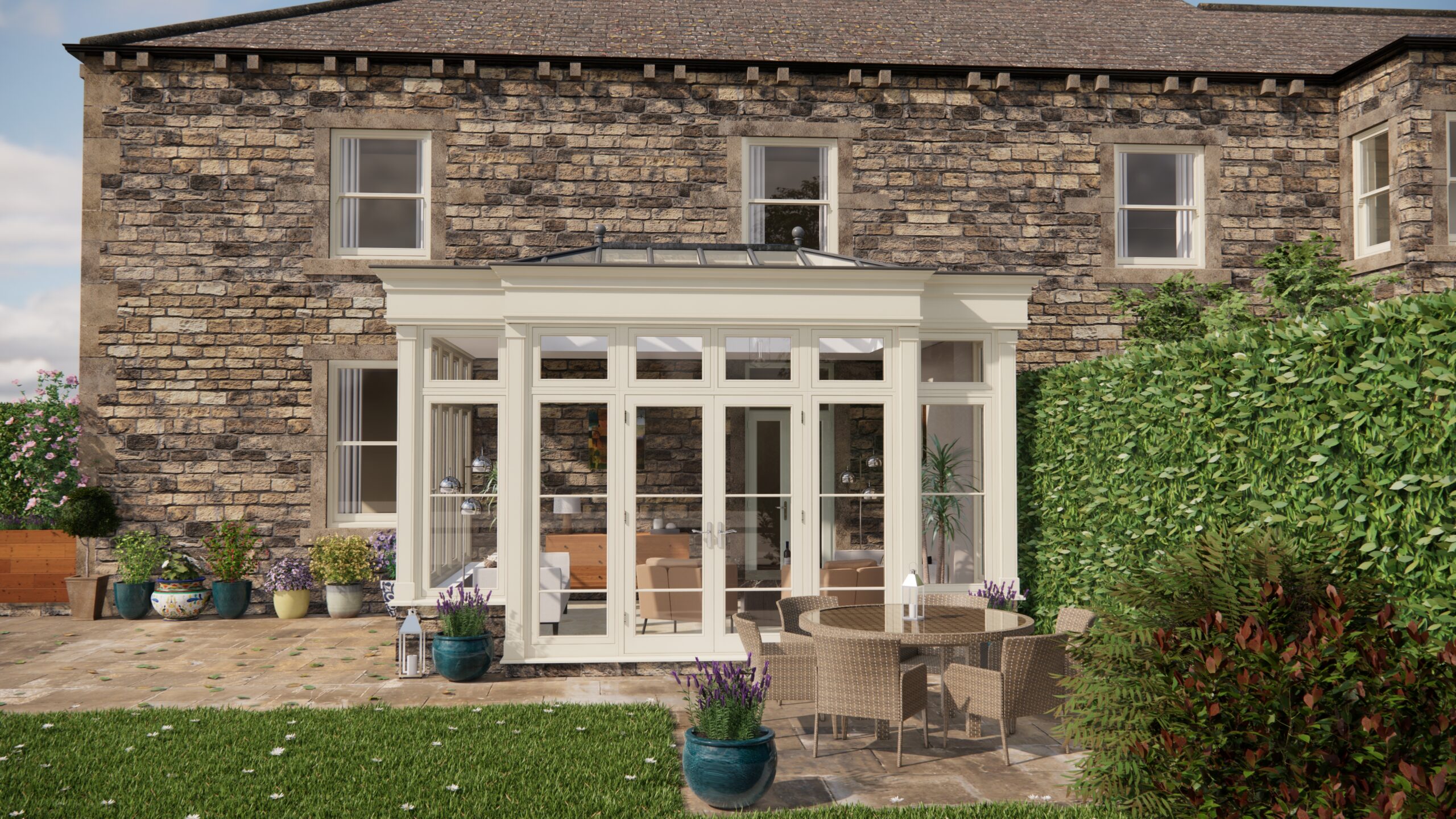Right, so I was chatting with my mate Logan the other day about this whole wellness thing, you know? And how it’s not just about expensive retreats or fancy gym memberships. We were discussing how much your actual home environment plays a massive role in your overall well-being. Logan’s always been pretty clued up on creating a calming space, so I picked his brain about it.
“Look,” he said, settling back with a cuppa, “it’s all about identifying your personal wellness goals. What do you actually need from your space?” That really got me thinking. It’s not just about having a generic ‘relaxing’ area, it’s about what you find relaxing. For me, it’s a sunny spot for reading and a quiet corner for meditation. For Logan, it’s a space for his yoga practice and somewhere to de-stress after a long day. He said the key is understanding that our homes can become personalised sanctuaries supporting individual needs.
Identifying Your Wellness Needs
To start, Logan suggested doing a bit of self-reflection. Grab a notebook and ask yourself these questions:
- What activities make me feel calm and refreshed?
- What stresses me out in my current home environment?
- What are my physical health goals? (e.g., more exercise, better sleep)
- What are my mental health goals? (e.g., reduced anxiety, improved focus)
- What kind of atmosphere do I find most conducive to relaxation and productivity?
Once you’ve answered these, you’ll have a clearer picture of what you need from your home.
Designing Multi-Purpose Spaces
The beauty of this approach is that you don’t need a massive house to create a wellness sanctuary. It’s all about clever design and making the most of the space you have. Logan, who lives in a relatively compact flat, has managed to create a dedicated yoga zone in what is essentially his living room. The trick, he explained, is flexibility.
- Define Zones: Think about how you can break down a room into different zones, each with a specific purpose. A corner of your bedroom could become a meditation space, or a section of your living room could transform into a mini home gym.
- Flexible Furniture: Invest in furniture that can be easily moved or repurposed. For example, a foldable yoga mat can be rolled away when not in use, and a small table can serve as both a side table and a workspace.
- Storage Solutions: Clutter is the enemy of calm. Invest in storage solutions that keep your space tidy and organised. Baskets, shelves, and drawers are your best friends.
The Power of Yoga and Movement at Home
Logan is a massive advocate for practicing yoga at home. He says it’s a game-changer for both physical and mental well-being. “The beauty of yoga,” he explained, “is that you don’t need a fancy studio or expensive equipment. Just a mat and a bit of space.”
And he’s right. There are countless online resources available, from beginner-friendly tutorials to advanced classes. Plus, practicing at home means you can do it at your own pace, in your own time, and in your own space. It also means that yoga can be practiced by anyone irrespective of age.
Orangeries: A Touch of Natural Light and Calm
We then got chatting about orangeries, which I know some people use as extensions to their homes. Logan thinks that if you have the space, they’re brilliant for wellness activities. Imagine doing yoga surrounded by natural light and greenery! He suggested that an orangery can be a dedicated space filled with plants, offering a connection to nature, and providing a bright, airy environment that is conducive to exercise and relaxation. A tranquil space with a nice view is a great aid to yoga as you become less self aware.
Personalization is Key
Throughout our chat, the importance of personalization kept coming up. It’s not enough to simply copy someone else’s wellness space. You need to create a space that reflects your unique needs and preferences. This might involve:
- Colour Palette: Choose colours that you find calming and inspiring. Blues and greens are often associated with relaxation, while yellows and oranges can boost your mood.
- Sensory Elements: Incorporate elements that appeal to your senses. Soft textures, soothing scents (like essential oils), and calming sounds (like nature sounds or gentle music) can all contribute to a more relaxing environment.
- Personal Touches: Add personal touches that make you feel happy and connected to your space. This could be anything from displaying artwork you love to arranging your favourite books.
So, really, when creating a home sanctuary, it’s about designing a space for wellness, exercise and relaxation. It’s about understanding your needs, creating flexible, multi-purpose zones, considering activities like yoga at home for all ages and considering how orangeries can enhance your activity. Ultimately, it’s about creating a place where you feel safe, comfortable, and supported in your journey towards well-being. This involves identifying your wellness needs, designing multi-purpose spaces, and personalising your surroundings to reflect your unique preferences. This personalised sanctuary becomes a powerful tool in promoting not only physical health but also mental and emotional well-being. Logan certainly gave me food for thought!


